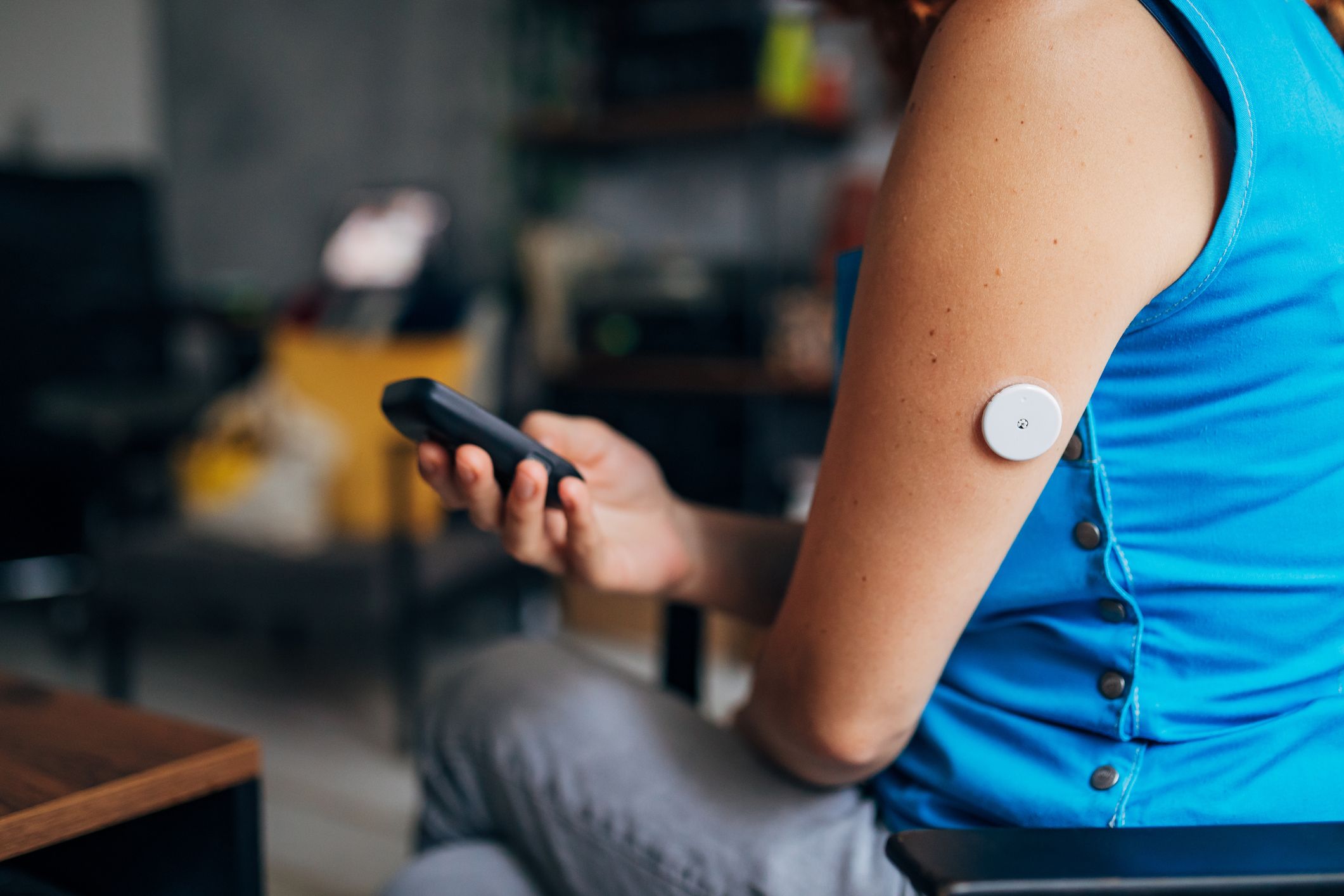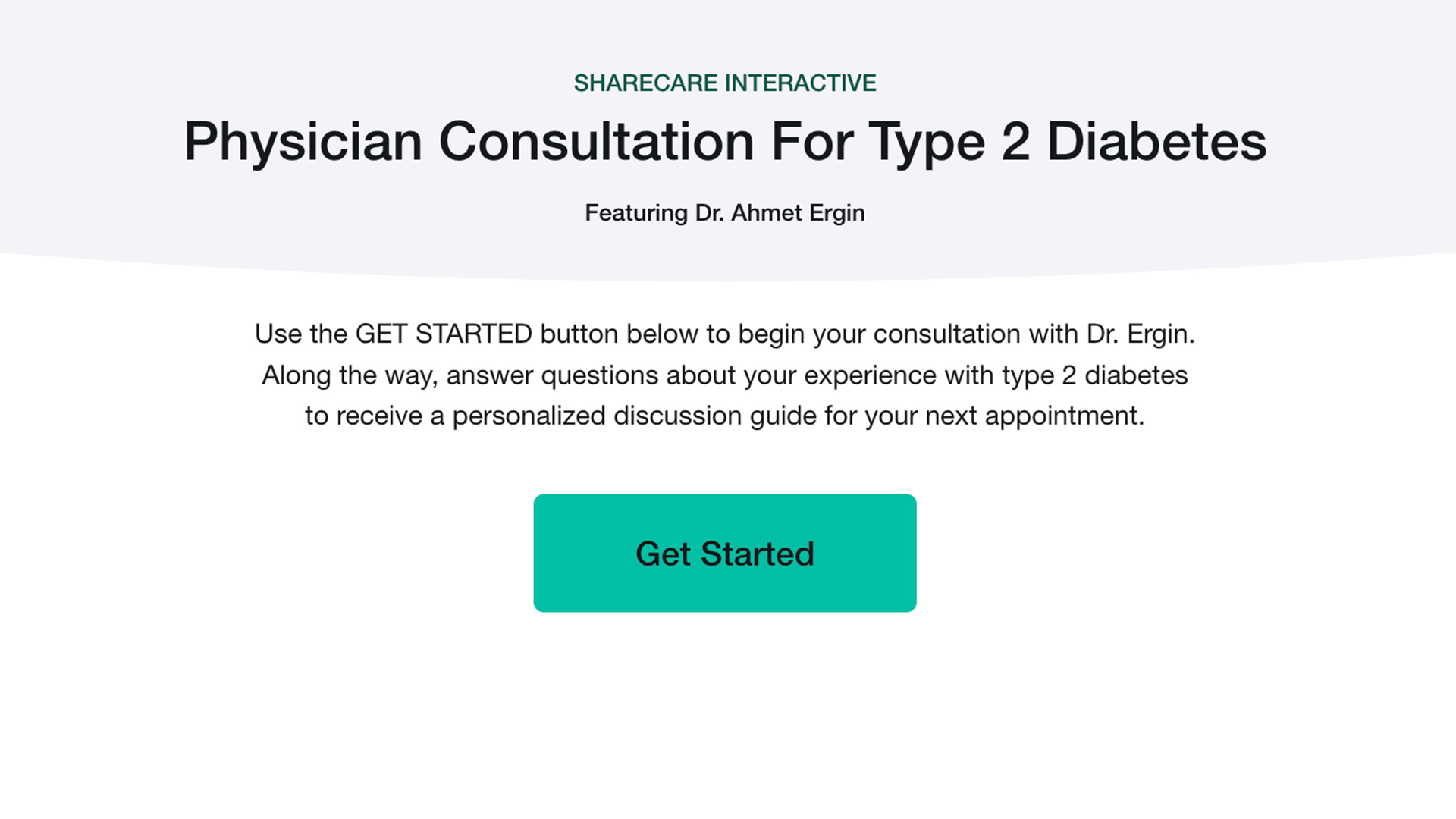Insulin for diabetes comes in a variety of types and several delivery methods. The four major types of insulin are:
- Rapid-acting insulin starts working in five minutes after injection, peaks in around an hour and is out of your system in two to four hours.
- Regular or short-acting insulin begins to work within 30 minutes after injection, peaks in two to three hours and lasts from three to six hours.
- Intermediate-acting insulin starts to work two to four hours after injection, peaks anywhere from four to twelve hours later and lasts for 12 to 18 hours.
- Long-acting insulin works over a 24-hour period and does not have a real peak of action, but starts working 60 to 90 minutes after being injected.
There's also a highly concentrated form of regular insulin, called U500, that works in much the same way as regular insulin, but lasts longer in the system. Because of its high concentration, it is recommended for patients who require a large dose of insulin. For instance, with U500 insulin, a person who requires 100 units of regular insulin would only need 20 units of this concentrated form.
There are also some forms of insulin that are a mixture of long and short-acting insulin. These can be useful for people who don't want to do multiple daily injections. However, the downside is that they must be taken at the same time each day, and it is also important to eat meals at the same time each day.
As for the insulin delivery systems, your options include:
- Pens: These pre-filled pens are convenient and provide accurate doses. Some pens are disposable and others can be refilled.
- Syringes: Many people still use this traditional method of taking insulin, where insulin is drawn from a vial and injected.
- Pumps: Insulin pumps deliver rapid- or short-acting insulin continuously throughout the day and night using a catheter that is placed under the skin. This replaces the need for insulin shots. Pumps can deliver the insulin more accurately than injections and can be programmed to deliver insulin at different doses throughout the day. Pumps are about the size of a cell phone and can be worn just about anywhere on your body—in a pocket, inside a bra or even on your back.
Which insulin and delivery system is best? That depends on your individual needs and lifestyle. Work with your healthcare provider to determine what option is best for you.





